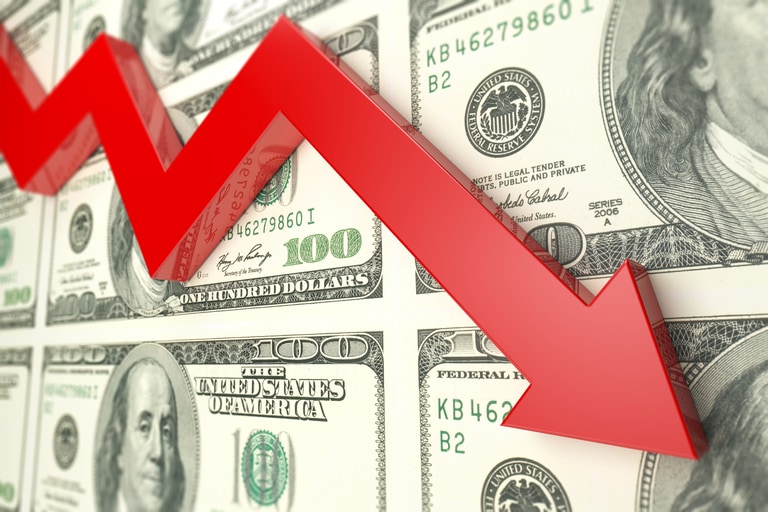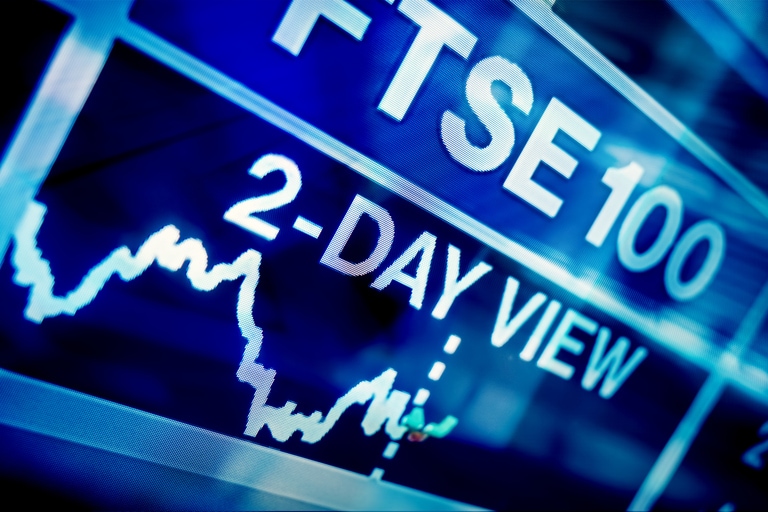Wall Street was sharply lower on the return from a public holiday as risk-off prevailed on surging rates. Both US 10-year and 2-year bond yields jumped more than 10 basis points to 3.95% and 3.72%, respectively, hitting their more than 3-month highs, pushing the US dollar further up and pressuring the commodity markets. The fear gauge, Volatility Index (VIX) rose 8% to 23, implying that investor sentiment was getting sour.
Another major central bank, the Reserve Bank of New Zealand is to decide on rates today, with an expectation that the bank will moderate its rate hike to a 50 bps increase later today amid cooling inflation expectations. On the other side of the Tasman Sea, the Australian wage growth data is due for release at a similar time. Another possible jump in earnings will worsen the country’s inflationary pressure and promote the RBA to go higher in rates. The underlying fundamentals may give a further push to the cross-currency pairs AUD/NZD.
The jittery movements in the global markets in February suggest that inflation woes are not done, and policy risks are still ahead. The February FOMC meeting minutes to be released tomorrow will provide more clues regarding the Fed policy path.

- All 11 sectors in the S&P 500 finished in red, with growth sectors leading losses. Consumer Discretionary stocks slumped 3.3%, while both Technology and Communication services sectors were down more than 2.3%. Consumer Staples and Energy stocks were relatively strong, both down 0.3%. All the big tech shares slid between 2-5%.
- Walmart’s shares bounced off a session low and finished flat after the company beat earnings expectations but provided soft guidance. The leading retailer reported EPS at $1.71 on $164.05 billion in revenue, topping expectations of $1.51 and $159.72, respectively. However, it sees the same-store sales to rise between 2%-2.5% excluding fuel in the new fiscal year, lower than an estimated 3%.
- US-listed Chinese shares slumped on news that JD.com plans for a 10-billion-yuan (US$1.5 billion) subsidy campaign to compete with rival Pinduoduo. The second-largest Chinese E-Commerce giant is going to launch the campaign in early March, covering both its self-operated online shops and storefronts set up by third parties. JD.com’s shares tumbled 11%, and Alibaba fell 5%.
- Gold futures were under pressure due to a strengthened US dollar and jumps in rates. Gold prices fell more than 6% from the recent high early this month but it seems to find footing at near-term support of about 1,827.
- Crude oil slid after a one-day rebound as economic worries again outweighed China’s reopening optimism. Risk-off may be the immediate reason for the selloff but oil prices stayed relatively resilient in February as undersupply concerns are still a major bullish factor.
Disclaimer: CMC Markets is an execution-only service provider. The material (whether or not it states any opinions) is for general information purposes only, and does not take into account your personal circumstances or objectives. Nothing in this material is (or should be considered to be) financial, investment or other advice on which reliance should be placed. No opinion given in the material constitutes a recommendation by CMC Markets or the author that any particular investment, security, transaction or investment strategy is suitable for any specific person. The material has not been prepared in accordance with legal requirements designed to promote the independence of investment research. Although we are not specifically prevented from dealing before providing this material, we do not seek to take advantage of the material prior to its dissemination.







